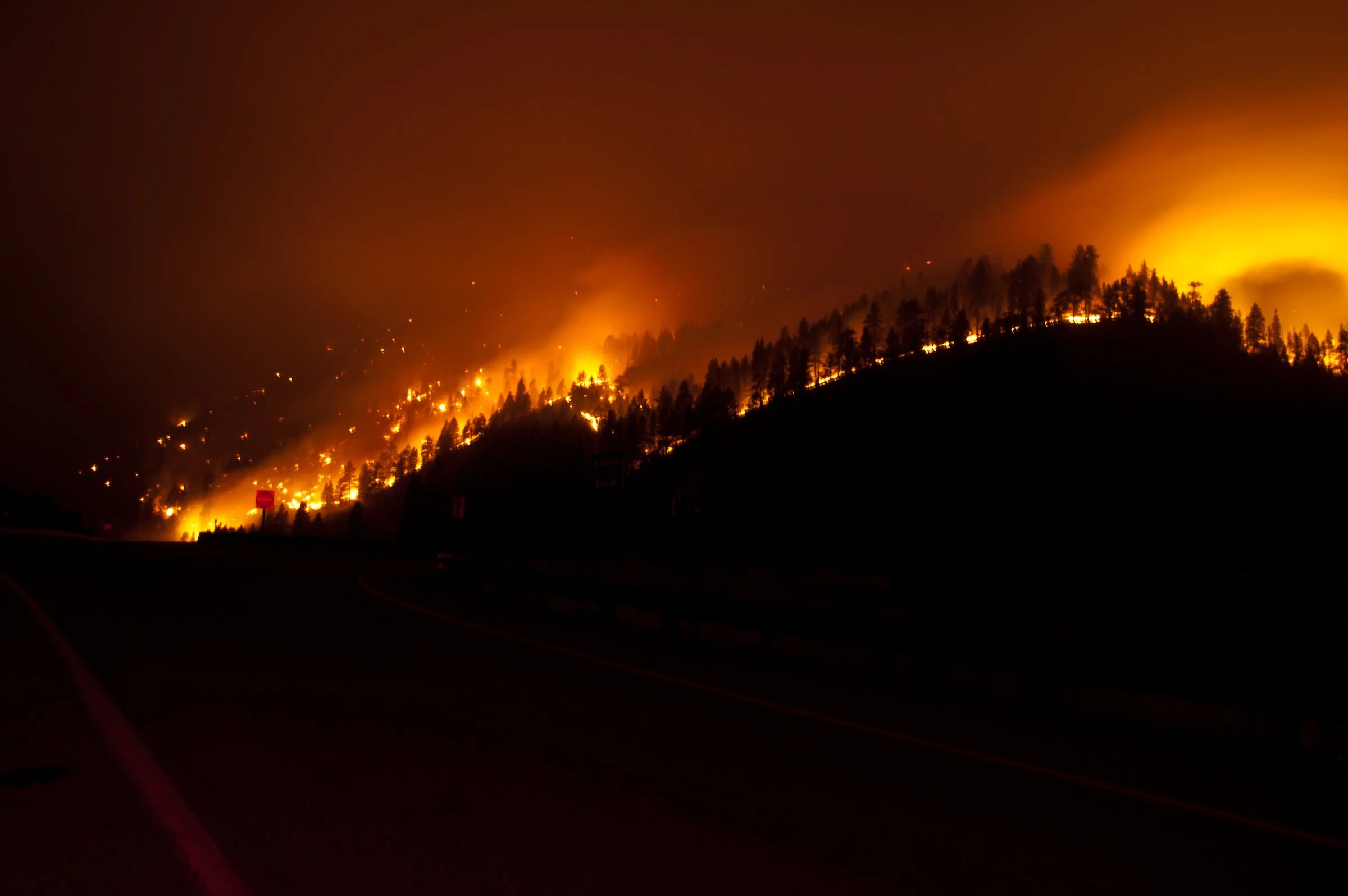When a fire tears through a forest, the destruction is easy to see. What often goes unnoticed is the quiet damage that unfolds after the flames. Rivers choke with sediment. Hillsides collapse during heavy rains. Fish disappear from streams. Roads wash out. Drinking water supplies grow more fragile.
In northern Colorado, we have seen this firsthand. The Cameron Peak and East Troublesome Fires in 2020 burned more than 400,000 acres combined. Years later, the land is still suffering.
This is not just about burned trees. It is about the health of our rivers, our communities, and the fish and wildlife that depend on them.
A Partnership to Rebuild What Fire Took
In response, the U.S. Forest Service and Trout Unlimited launched a long-term partnership to restore these fire-affected landscapes. This $10 million, eight-year effort focuses on the Arapaho and Roosevelt National Forests, where the Camerron, Troublesome and Williams Fork fires created an urgent need.
The goal is twofold. Half of the funding supports stream and habitat restoration to stabilize degraded ecosystems. The other half funds critical infrastructure improvements, including culverts, stream crossings, and road repairs.
This work is about more than replacing what was lost. It is about preparing these watersheds to withstand the next big storm or fire. It is about making rivers more resilient.
Working with Nature to Restore Balance
Trout Unlimited brings a science-based approach to recovery. Instead of engineering rivers into rigid forms, we work with the landscape. Native willows are planted to hold soil in place. Streambanks are rebuilt with natural materials. Structures are installed to slow water and trap sediment. These techniques also create cool, shaded habitat that trout need to survive.
This approach reduces the risk of downstream flooding and keeps drinking water cleaner for the people who rely on it. It helps fish, wildlife, and communities.
Restoration is already underway. This is not a one-time fix. It is a sustained effort built on monitoring, fieldwork, and collaboration.
Why This Work Matters Now
Recent fires, including the South Rim Fire in Black Canyon of the Gunnison, are a clear reminder that the risk of fire is growing. But what happens after the burn is just as important.
If we do nothing, the damage will compound. Sediment will continue to flow into rivers. Trout populations will shrink. Roads and water systems will fail again. These problems do not fix themselves.
But we do not have to stand by. We can take action. We can invest in recovery that makes rivers stronger. We can restore habitat, protect clean water, and help wild and native trout come back.
The Path Forward
Within the Arapaho and Roosevelt National Forests, the Forest Service and Trout Unlimited are prioritizing the places with the most urgent needs. Restoration work will continue across northern Colorado. At Colorado Trout Unlimited, we are proud to support this partnership. We are advocating for continued recovery funding, working with local leaders, and helping volunteers and chapters stay engaged.
Rivers cannot recover alone. But with the right people, resources, and commitment, recovery is possible. And it is already happening.






